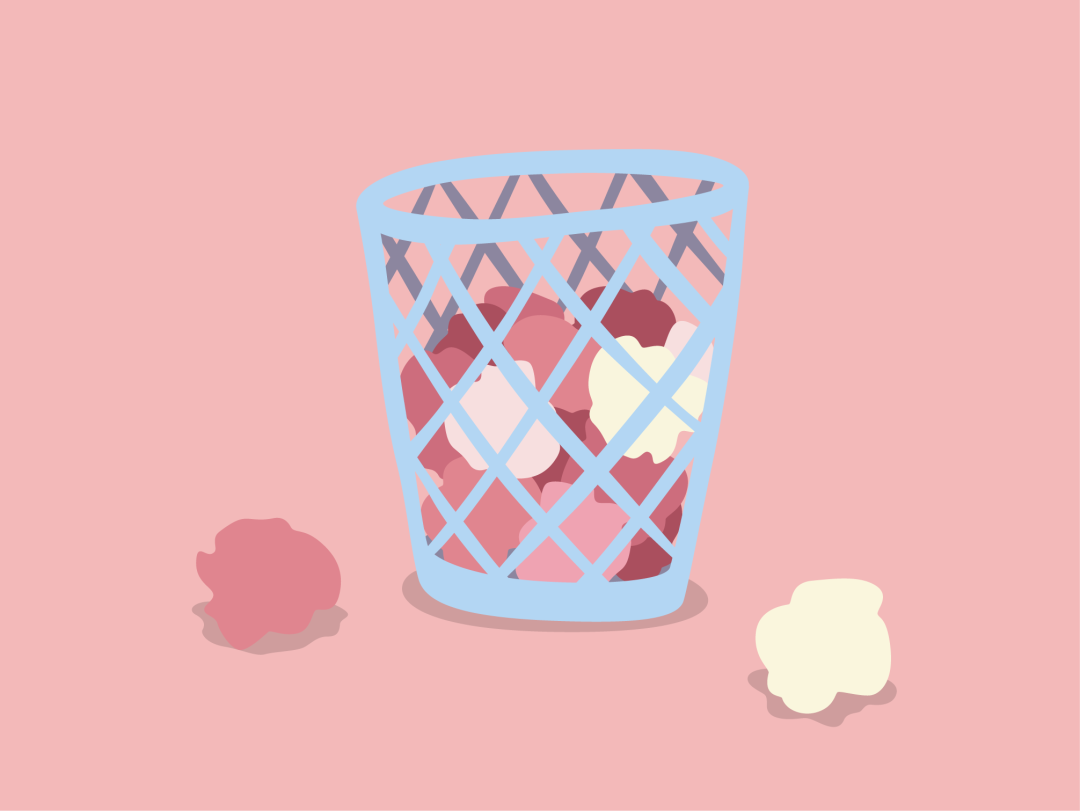Sign up to stay in the loop on new styles and sales!
Sign up to stay in the loop on new styles and sales!
#explainer
3 Ways to Get Rid of a Yeast Infection
health
·5 min read

by Team Thinx | 04/03/2023
Itching. Burning. Vaginal discharge. If you’re experiencing any of these unpleasant symptoms, you may have a yeast infection. And if you do, you’ll want to get rid of it as soon as possible.
While yeast infection symptoms are quite common, it’s not hard to understand why people with vaginas are somewhat reluctant to swap their yeast infection stories over brunch. In turn, the treatments for this irritatingly-itchy condition have often been shrouded in secrecy… until now.
Below, we’ll discuss some of the best medicinal and home remedies for yeast infection symptoms — plus some tried-and-true tips for avoiding them altogether in the future.
what is a yeast infection?
Yeast infections occur from candida albicans or yeast overgrowth, a type of fungus that’s naturally found in the vagina. When your candida albican population runs amok, you may develop the following yeast infection symptoms:
Itching or burning of the vagina and vulva
Redness and swelling of the vagina and vulva
Thick, white vaginal discharge
Burning sensation during urination
Small cuts or cracks on the vulva
Pain during sex
While these symptoms can be profoundly unpleasant, yeast or candida infection can be very common. It’s estimated that up to 75% of all women and people AFAB will experience at least one yeast infection in their lifetime.
what causes yeast infections?
Vaginal flora’s candida albicans levels can be disrupted by many things, including:
Antibiotics
Birth control pills
Some types of steroids
Pregnancy
Unmanaged diabetes
Impaired immune function
Scented tampons or pads
Wearing a wet bathing suit or sweaty clothes for a prolonged period
Your healthcare provider can help you pinpoint the exact cause of your yeast infection. While yeast infections rarely clear up on their own, most are easy to treat with the right remedy.
three ways to get rid of a yeast infection
Before you take treating your yeast infection into your own hands, here’s your gentle reminder that Google search results will probably show a long list of potential treatments, from inserting garlic cloves into your vagina and pouring essential oils like oregano oil to bathing in apple cider vinegar. Unfortunately, many of these methods are based on pseudoscience.
If you want reliable relief, stick to evidence-based remedies like the three cited below. If you do, that irksome itchiness and distressing discharge should clear up within a few days.
#1: anti-fungal medications
The fastest way to overcome a yeast infection is to take an anti-fungal medication. These medications tackle candida albican overgrowth head-on. They can come in many forms, including:
Oral tablet
Topical cream
Vaginal suppository
Your healthcare provider can prescribe you an anti-fungal that’s best suited to your unique health history and symptoms. Depending on the type of prescription medication given, you may need to take it for several days or administer a single dose.
If you’d rather skip the trip to the doctor’s office, you can also find some anti-fungal medication over-the-counter (OTC) at your local pharmacy.
#2: boric acid
Boric acid is a powder that has anti-fungal and antiviral properties. It can be found at most grocery stores or pharmacies. You can use it to treat your vaginal yeast infection or vaginal candidiasis by making your own boric acid vaginal suppository.
Each suppository capsule should contain around 600 mg of boric acid. You should insert one suppository in your vagina before bed each night for seven days.
The evidence to support boric acid as a yeast infection treatment is promising, though not as robust as it is with anti-fungal medications.
Note: Boric acid is not safe to use while pregnant. It’s also toxic when consumed orally.
#3: probiotics
Probiotics are the healthy bacteria that keep your vagina, urinary tract, gut, mouth, and skin in tip-top shape. Lactobacillus, in particular, is a probiotic that may help restore your vaginal flora’s balance after a sneaky yeast takeover or fungal infection.
You can bestow your vagina with more probiotics by:
Taking oral probiotic supplements
Administering vaginal probiotic capsules
Eating plenty of probiotic-rich foods, such as yogurt, sauerkraut, and miso
Research has shown that taking Lactobacillus can help prevent recurrent yeast infection. Thus, probiotics may be a better preventative measure than a full-blown cure.
In addition to helping you fight against pesky yeast infections, probiotics may also reduce your chances of developing bacterial vaginosis or urinary tract infections.
how to prevent yeast infections
Now that you have a few yeast infection treatment methods to try out, you may be wondering how you can save yourself from the agony of yeast infections going forward.
Here are some best practices for preventing yeast or fungal infection:
Avoiding unnecessary antibiotic use
Wipe from front to back
Don’t douche
Don’t sit around in wet bathing suits
Stop going commando at the gym
Wear loose-fitting clothes
Switch to cotton underwear
Ditch the scented tampons and pads
Change your menstrual products regularly
If you want to stop using disposable tampons and pads altogether, head on over to Thinx. We offer a vast collection of highly absorbent, super-comfy, eco-friendly period underwear in a variety of styles.
At Thinx, we strive to provide our readers with the most up-to-date, objective, and research-based information. Our content is crafted by experienced contributors who ground their work in research and data. Articles contain trusted third-party sources that are either directly linked within the text or listed at the bottom to lead readers to the original source.
sources:
Cleveland Clinic. Vaginal Yeast Infection.
https://my.clevelandclinic.org/health/diseases/5019-vaginal-yeast-infection
Mayo Clinic. Yeast infection (vaginal).
https://www.mayoclinic.org/diseases-conditions/yeast-infection/diagnosis-treatment/drc-20379004
Kaiser Permenente. Boric Acid for Vaginal Yeast Infection.
NIH. Clinicians’ use of Intravaginal Boric Acid Maintenance Therapy for Recurrent Vulvovaginal Candidiasis and Bacterial Vaginosis.
https://www.ncbi.nlm.nih.gov/pmc/articles/PMC6878170/
Cleveland Clinic. Probiotics.
https://my.clevelandclinic.org/health/articles/14598-probiotics
NIH. Warding Off Recurrent Yeast and Bacterial Vaginal Infections: Lactoferrin and Lactobacilli.
https://www.ncbi.nlm.nih.gov/pmc/articles/PMC7023241/
Harvard. How to get more probiotics.
https://www.health.harvard.edu/staying-healthy/how-to-get-more-probiotics
NIH. The role of probiotics in vaginal health.
https://www.ncbi.nlm.nih.gov/pmc/articles/PMC9366906/
by Team Thinx


